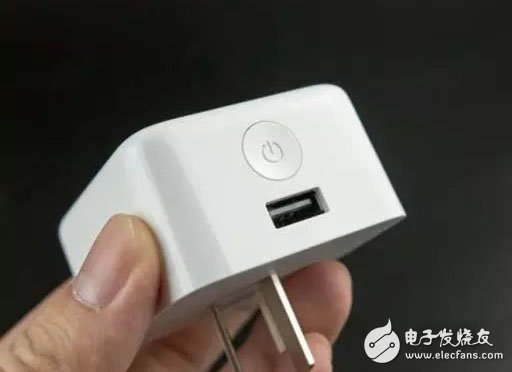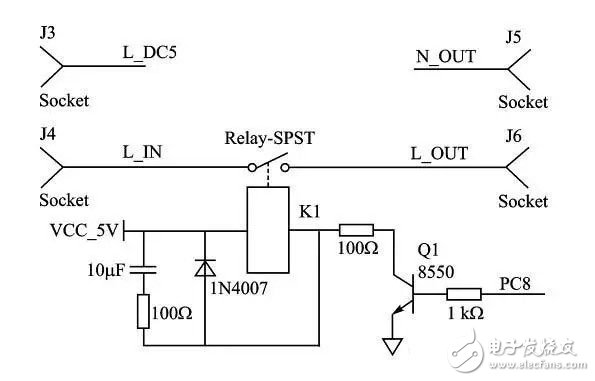The smart socket is different from the previous socket, in addition to the power interface, the internal also has a USB interface and WIFI connection device, allowing the user to control the home appliance through various intelligent ways, and open a new era of intelligent life of the remote control home appliance. This article will introduce the control principle and circuit diagram of the WiFi socket, and also introduce a more in-depth understanding of the smart socket through its role.

First, the smart socket has the same function as the traditional socket, and can act as a charger for household appliances and mobile digital devices. It has a 5V/1A interface and a USB interface of standard home appliances, and the two interfaces can be separately controlled by switches. The smart socket is set to have a charging protection function that will automatically power off when the device is fully charged.
Second, the smart socket can set the time switch for the home appliance, which not only saves electricity and money, but also saves time for the user. Everyone sets the boot time for the bread machine, coffee machine, egg cooker, etc., so that there is a delicious breakfast waiting for us in the morning.
Third, smart sockets can remotely control TV sets, curtains, stereos, garages, etc. via mobile applications such as WeChat. The remote control of the mobile device APP should be the biggest feature of the smart socket, and it is also a part of the development of the smart home system in the future. At present, the smart socket can only realize part of the human-computer interaction function. With the mobile APP tool, users can easily move their fingers and complete the operation of turning on air conditioners, electric kettles, rice cookers, etc., no matter how far away they are.
Fourth, the smart socket has built-in sensors that can monitor data such as light, temperature, humidity, and household electricity consumption in the environment.
Fifth, the smart socket can also be used as a relay through the wireless module in the socket to enhance the WIFI signal. In addition, on the night of black paint, the smart socket can also act as a night light to ensure the lighting of the bedroom and other spaces.
Shortly after the launch of the smart socket product, there are still many defects in the product. For example, the smart socket is too large. The smart sockets sold now have a variety of round and square shapes, but the size and thickness are too large. The position of the two interfaces is occupied on the multi-function socket, and the adjacent interfaces are also ruthlessly blocked.
In short, smart sockets currently have a single function, and the product gap is not large. Users only want to remotely control home appliances, you can choose one; if you want to have other extended functions, you can choose products with sensing, environmental monitoring and other versatile products; if you are looking for a stylish look, you can choose a small, colorful and colorful products.
WiFi socket control principleThe WiFi socket consists of a serial WiFi module, a relay control circuit, a relay and an output contact, as shown in Figure 2.

Figure 2: The composition of the WiFi smart socket
The serial WiFi module controls the on and off of the relay according to the received control command. The control circuit is shown in Figure 3.

Figure 3: Relay control circuit for WiFi socket
The module receives the closing command, the PC8 port outputs a high level, Q1 is turned on, the relay coil has a current flowing, the relay contact L_IN and the contact L_OUT are attracted, and the socket supplies power to the load;
The module receives the disconnection command, the PC8 port outputs a low level, Q1 is turned off, the relay coil has no current, the relay contact L_IN and the contact L_OUT are disconnected, and the socket is powered off. c
Switch solenoids can be classified into several types. Firstly, there are direct-acting solenoids, which operate with a straightforward mechanism for simple and quick switching. Secondly, pull-type solenoids exert a pulling force to achieve the switching action. Another type is the push-type solenoids, which provide a pushing force for the switch. Additionally, there are latching solenoids that can maintain their position even when power is removed. Finally, rotary solenoids are designed to produce rotational movement for specific switching requirements.
Switch Solenoid,Limit Switch Solenoid Valve,Ignition Switch Solenoid,Pressure Switch Solenoid Valve
Wuxi Jinle Automobile Motor Factory , https://www.wxjldj.com